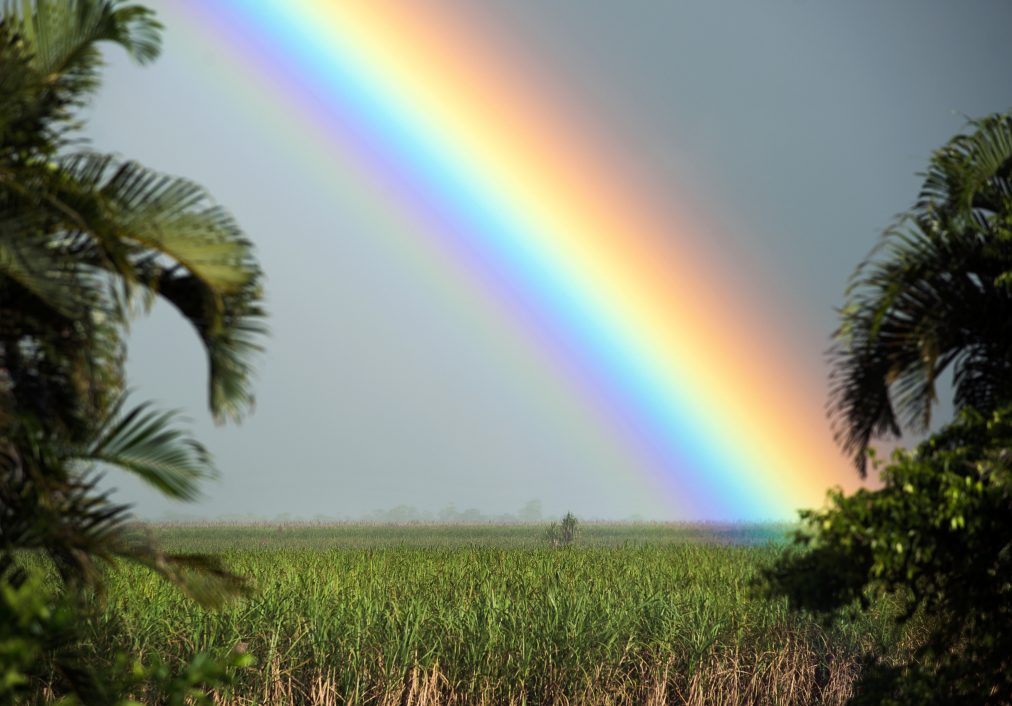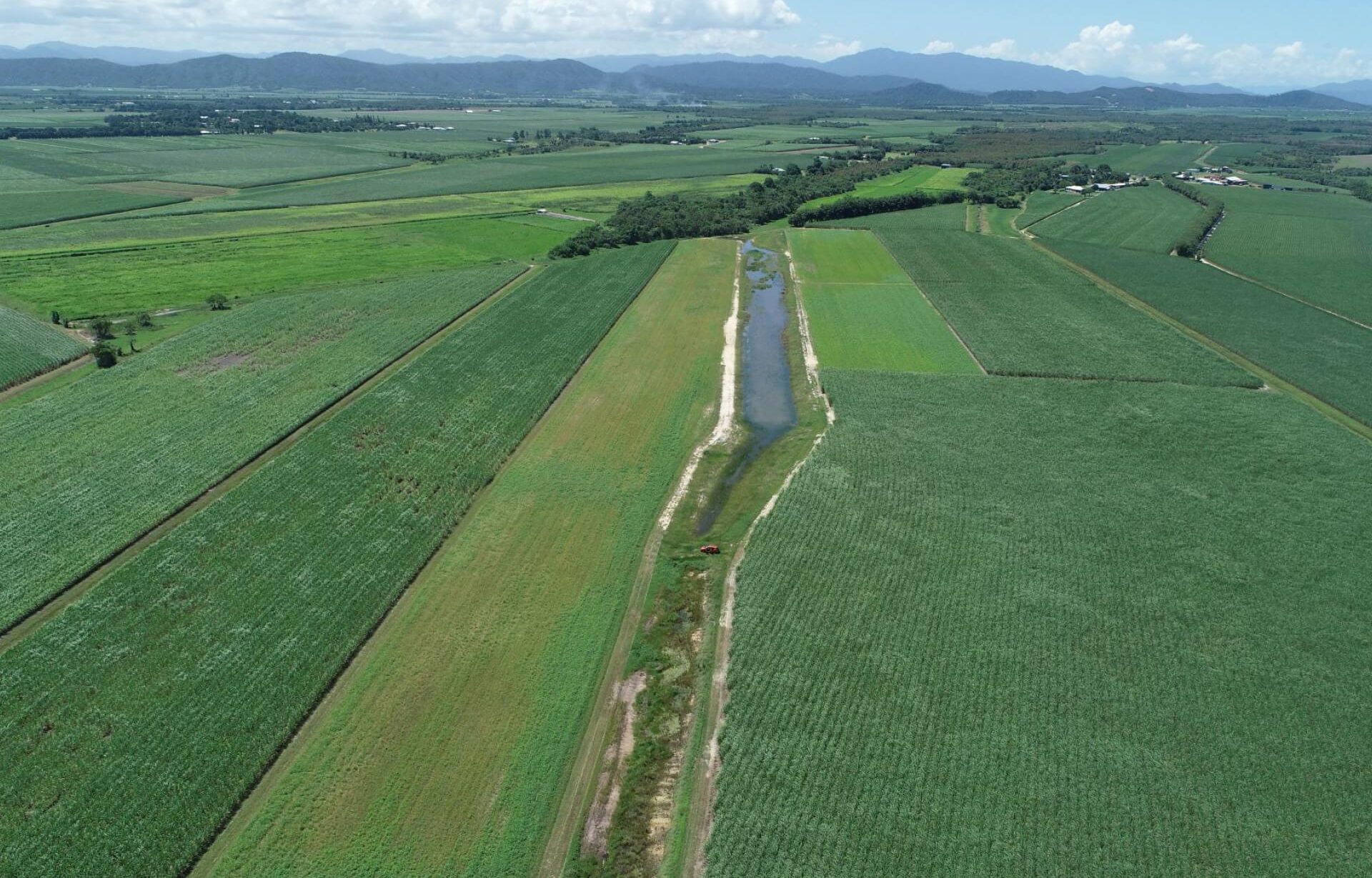The economic contribution of the sugarcane industry
Queensland's sugar industry stretches along a coastal strip from Mossman in north Queensland to Beenleigh, south of Brisbane. Around 30 million tonnes of sugar cane is crushed annually producing 4.5 million tonnes of raw sugar (enough to fill more than 850 Olympic swimming pools) from 366,470 hectares of sugarcane.
There are five primary cane growing regions in Queensland: Far North Queensland; Ingham, Burdekin and Ayr; Mackay; Bundaberg and broader Wide Bay Burnett; and SEQ that provide to 21 sugar mills across Queensland. Processed products including ‘raw’ sugar are exported via seven ports: Brisbane, Bundaberg, Cairns, Mackay, Mourilyan, Lucinda, and Townsville.
A vibrant and competitive sugarcane industry is crucial to the prosperity and growth of Queensland and many of its communities – it generates wealth, drives economic growth and in turn supports jobs, wages and the livelihood of thousands of Queenslanders.
CANEGROWERS engaged Queensland Economic Advocacy Solutions to analyse the economic contribution of the Sugarcane Industry to Queensland and its regional economies. The key finding of this report is that one dollar in economic activity in cane growing supports an additional $6.40 elsewhere in the Queensland economy.
Sugarcane farming has a significant value-chain both upstream and downstream including sugar mills, transport operators; ports; planting and harvesting contractors; fuel distributors; fertiliser and chemical retailers; farm machinery retailers; irrigation equipment suppliers; and accountants and insurance brokers.
It is the aggregation of all of these individual businesses in the value chain that collectively leads cane growing to be an essential primary industry in Queensland supporting approximately $4 billion in economic activity, over 22,000 jobs and over 10,000 businesses.

